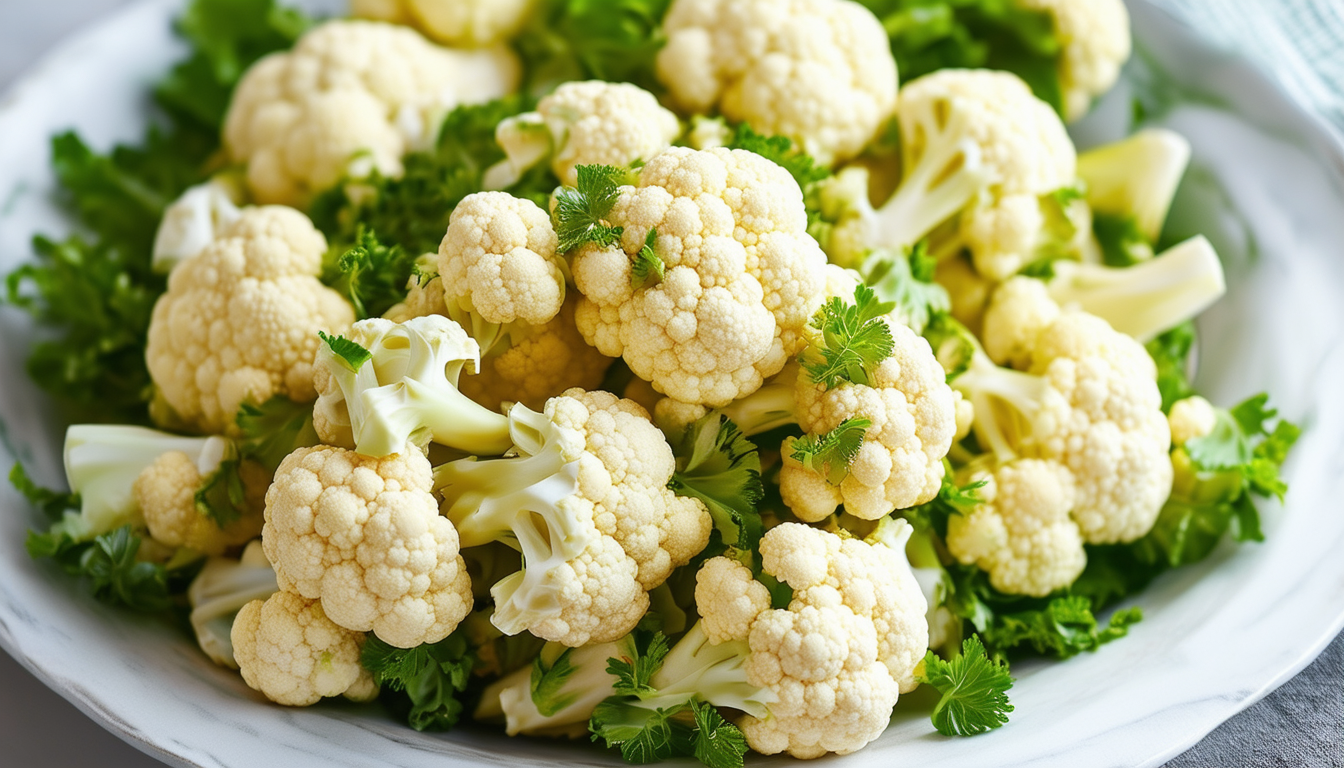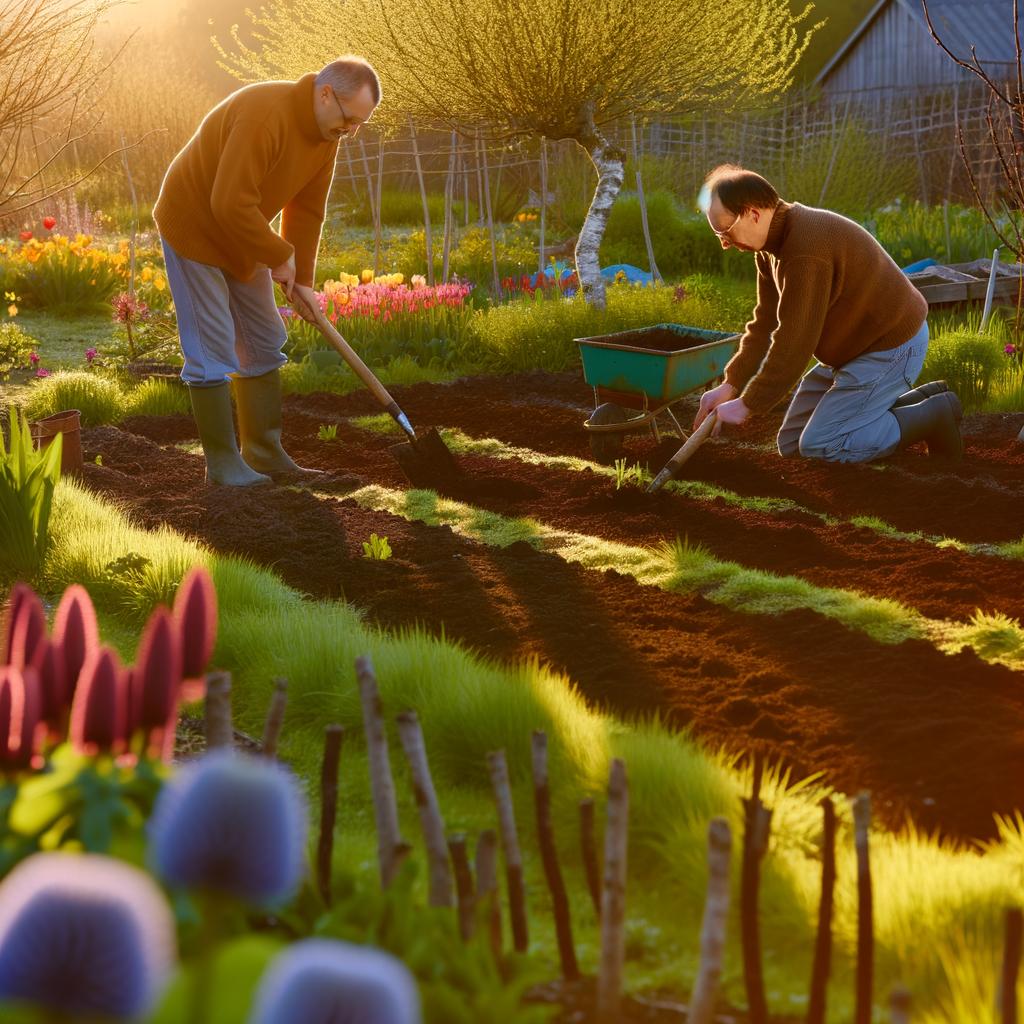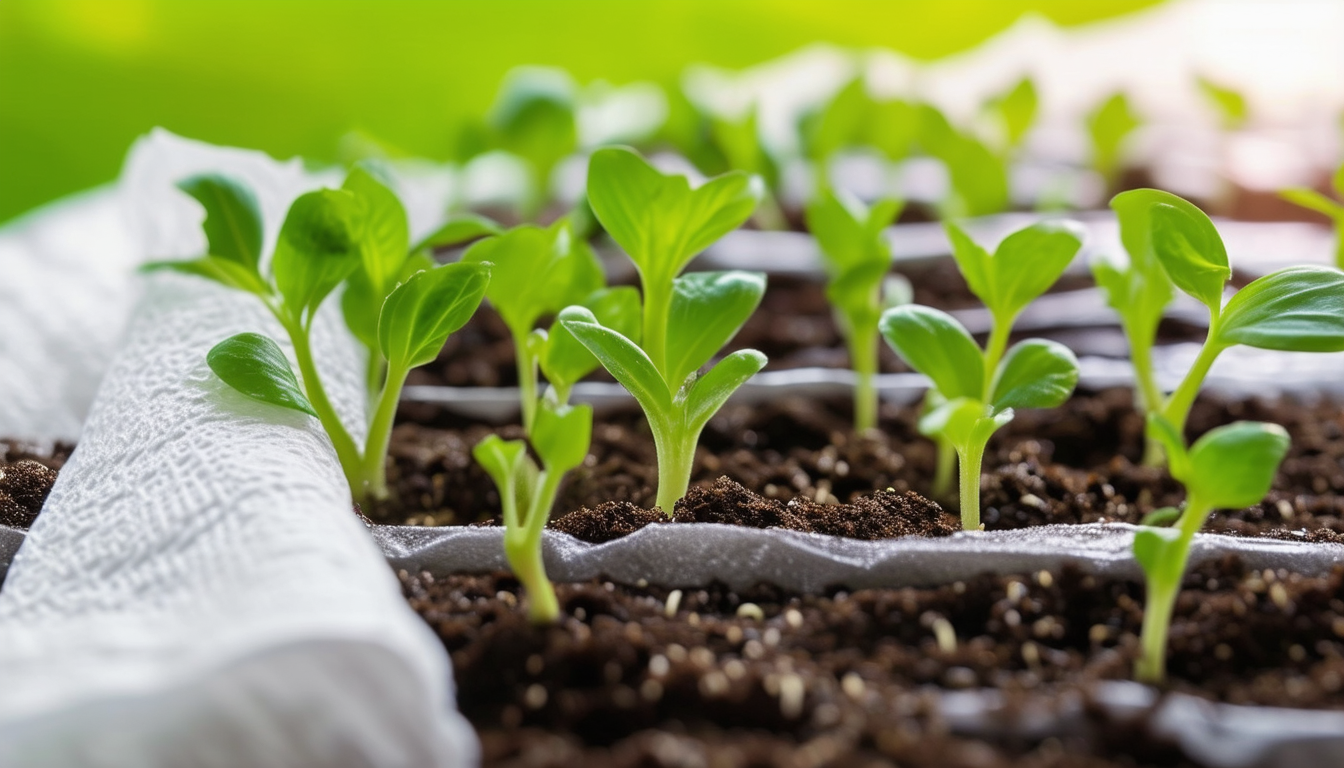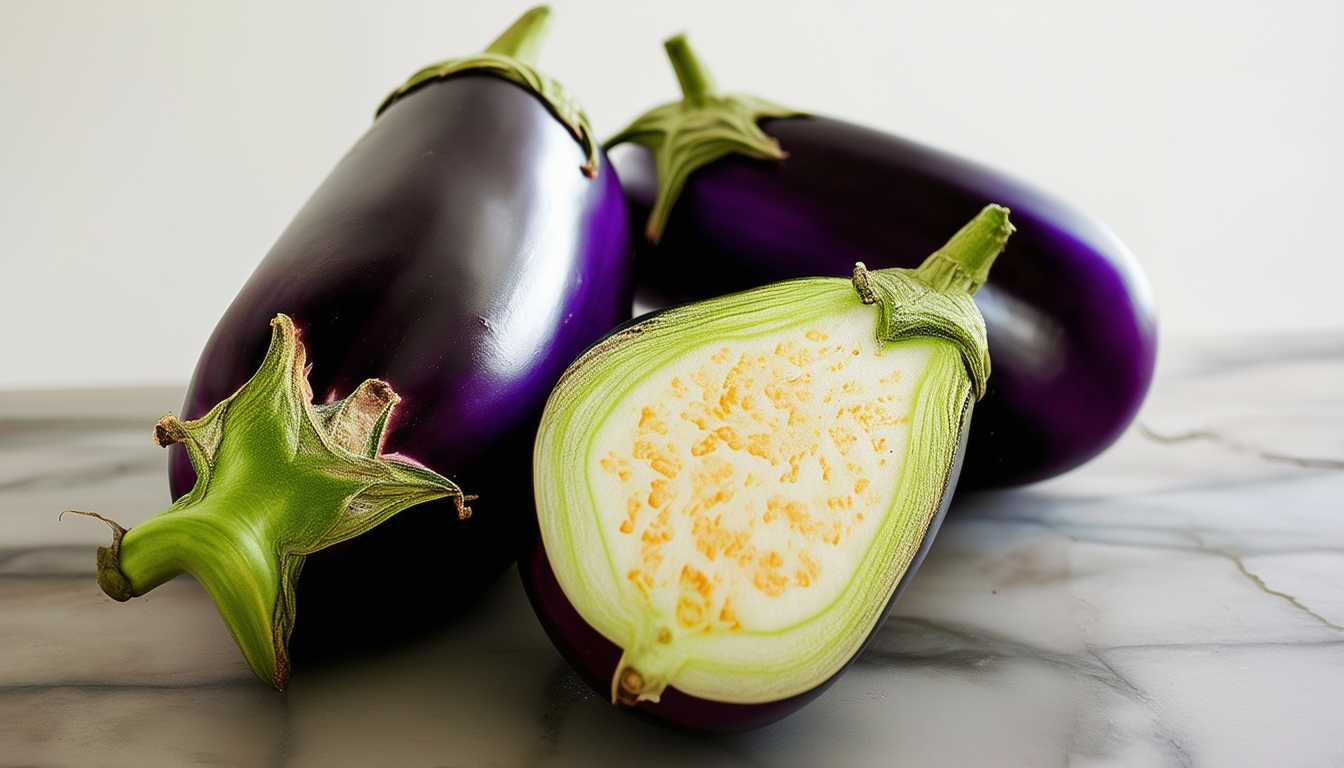
Unlock the secret to a bountiful cauliflower harvest by mastering the art of starting seeds indoors.
Intro - Understanding the Ideal Timing for Seed Starting
Starting cauliflower seeds indoors can give you a head start on the growing season, ensuring a healthy and robust crop. The ideal time to start these seeds is about 6-8 weeks before the last expected frost in your area. This timing allows the seedlings to develop enough strength to thrive once transplanted outdoors.
Understanding your local climate and frost dates is crucial. A little research can go a long way in planning your seed-starting schedule and setting your cauliflower up for success.
Tools - Choosing the Right Equipment and Supplies
To start cauliflower seeds indoors, you'll need a few essential tools. A propagator can help maintain the optimal temperature and humidity levels for seed germination. Seed trays, quality potting mix, and seedling heat mats are also beneficial.
Label your trays to keep track of your seedlings, and consider using a grow light to ensure they get enough light, especially in the shorter days of early spring.
5 Step Guide to Planting Cauliflower Seeds Indoors
1. Fill your seed trays with a quality potting mix. Moisten the soil slightly before planting.
2. Plant the seeds about 1/4 inch deep and cover them lightly with soil. Space the seeds about 2 inches apart.
3. Cover the tray with a clear lid or plastic wrap to create a mini greenhouse effect, which helps retain moisture.
4. Place the tray in a warm spot (around 70-75°F) or use a seedling heat mat to maintain the temperature.
5. Once the seeds germinate, usually within 7-10 days, remove the cover and place the tray under grow lights or in a sunny window.
Caring for Your Indoor Seedlings
Ensure your seedlings get plenty of light—about 14-16 hours a day. If using grow lights, keep them a few inches above the seedlings and adjust as they grow.
Water the seedlings regularly but avoid waterlogging the soil. A gentle misting can help maintain the right moisture level. Monitor your seedlings for signs of stress or disease and address any issues promptly.
Transplanting Seedlings to Your Garden for Optimal Growth
Harden off your seedlings about a week before transplanting them outdoors. Gradually expose them to outdoor conditions by placing them outside for a few hours each day, increasing the time they spend outside daily.
Transplant the seedlings into your garden when they have at least 4-6 true leaves and the danger of frost has passed. Space the plants about 18-24 inches apart in well-draining soil enriched with compost.
Height, Spread and Harvest time
Cauliflower plants typically reach a height of 12-30 inches with a spread of 18-24 inches. They take about 55-100 days from transplanting to harvest, depending on the variety.
Harvest the heads when they are compact, white, and firm. Use a sharp knife to cut the heads from the plant, leaving some of the leaves to protect the head.
Common pests & diseases
Common pests that affect cauliflower include aphids, cabbage worms, and flea beetles. Regular inspection and natural pest control methods, like introducing beneficial insects, can help manage these pests.
Diseases such as clubroot, black rot, and downy mildew can also affect cauliflower. Crop rotation, good sanitation practices, and resistant varieties can reduce the risk of disease.
Feed & Fertiliser
Cauliflower is a heavy feeder and benefits from a balanced fertilizer rich in nitrogen, phosphorus, and potassium. Apply a high-nitrogen fertilizer at the beginning of the growing season, and switch to a balanced formula once the head starts forming.
Regularly feed your plants with compost tea or a liquid organic fertilizer to ensure they get the necessary nutrients for optimal growth.
Best Varieties
Some popular cauliflower varieties include 'Snowball', known for its early maturity; 'Cheddar', which has a unique orange color; and 'Graffiti', which produces striking purple heads.
Choose varieties best suited to your climate and growing conditions for the best results.
FAQ
Do I soak cauliflower seeds before planting? It's not necessary, but soaking can speed up germination.
How big should cauliflower seedlings be before transplanting? Seedlings should have 4-6 true leaves and be sturdy enough for outdoor conditions.
Can cauliflower be started indoors? Yes, starting indoors gives you a head start on the growing season.
How long does it take cauliflower to sprout from seed? Typically, 7-10 days under optimal conditions.
Does cauliflower need heat to germinate? Yes, a temperature of around 70-75°F is ideal.
What seeds should not be soaked before planting? Generally, large seeds like beans and peas benefit more from soaking than small seeds like cauliflower.
How much room does a cauliflower plant need? Space them 18-24 inches apart.
Can you plant leggy cauliflower seedlings deeper? Yes, you can plant them up to the first set of leaves.
How many cauliflower do you get out of one plant? Each plant produces one head.
Should I direct sow cauliflower? It's better to start them indoors and transplant them for best results.
Is cauliflower a heavy feeder? Yes, it requires regular feeding.
Why are my cauliflowers bolting? Bolting can occur due to stress from temperature fluctuations or insufficient watering.
Do you soak cauliflower seeds before planting? It's optional but can speed up germination.
How do you grow cauliflower for beginners? Start seeds indoors, provide ample light and nutrients, and transplant them carefully.
Why are my cauliflower seedlings leggy? They need more light. Adjust your grow lights or move them to a sunnier spot.
What does cauliflower look like when it starts to sprout? Small green leaves will emerge first, followed by the formation of the head.
How often should I water cauliflower? Keep the soil consistently moist but not waterlogged.
Can you plant broccoli and cauliflower together? Yes, they are both part of the Brassica family and grow well together.
What not to plant next to cauliflower? Avoid planting near strawberries, tomatoes, and beans as they can hinder growth.
Is tomato feed good for cauliflower? Yes, tomato feed is rich in potassium, which is beneficial for cauliflower.
Can cauliflower be grown in pots? Yes, choose a large pot and ensure good drainage.
Do you cover cauliflower heads when growing? Yes, blanching by covering the heads protects them from sunlight and keeps them white.
What is the best fertilizer for cauliflower? A balanced fertilizer with equal parts nitrogen, phosphorus, and potassium.
Can you eat cauliflower after it bolts? The taste may be bitter, and the texture toughens, making it less ideal for consumption.
How do you start cauliflower seeds? Plant them 1/4 inch deep in trays, keep the soil moist, and provide warmth and light.
Why is my cauliflower growing but no head? This could be due to nutrient deficiencies, improper spacing, or environmental stress.
How do you get rid of bolting? Ensure consistent watering and mulching to keep the soil cool and reduce temperature fluctuations.
How to get big cauliflower heads? Provide ample nutrients, consistent watering, and proper spacing.
Are coffee grounds good for cauliflower? Yes, they add nitrogen to the soil.
Does cauliflower like onions? Yes, onions are good companion plants for cauliflower.



